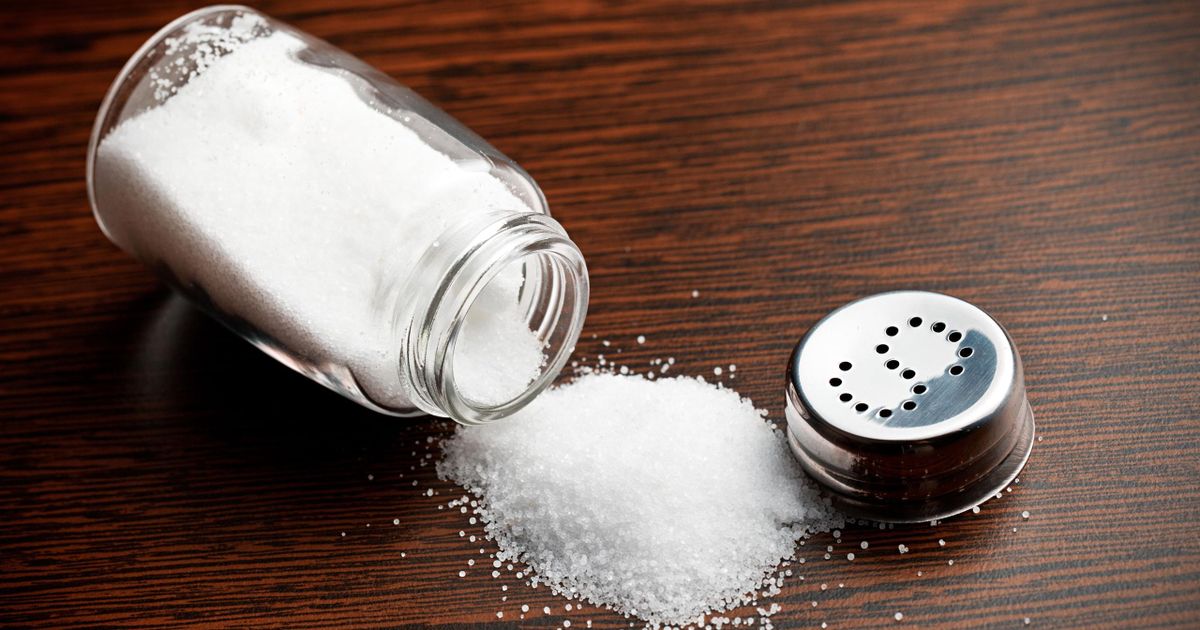How To Manage Dysautonomia
Dysautonomia refers to a variety of conditions that impair the functioning of the autonomic nervous system, which is responsible for control of blood pressure, digestion, breathing, heart rate, body temperature, pupil dilation and constriction, kidney function, and other processes considered involuntary or 'automatic.' Postural orthostatic tachycardia syndrome, neurocardiogenic syncope, and multiple system atrophy are among the many types of dysautonomia. Patients with dysautonomia often struggle with blood pressure, malnutrition, and fainting. They may also experience heart rate or rhythm abnormalities, chest pain, breathing difficulties, blurred vision, dizziness, and lightheadedness. More than seventy million individuals around the world have some form of dysautonomia, and it can affect those of any age, race, or gender. The symptoms of dysautonomia can often be mistaken for those of other conditions, and patients typically see several specialists to obtain an accurate diagnosis. Currently, the condition cannot be cured, but many patients can manage symptoms with treatment. The steps listed below can make daily life easier for dysautonomia patients.
Increase Fluid And Salt Intake
Many patients with dysautonomia have trouble with blood pressure and heart rate regulation. This can result in dizziness, fainting, and mental fog. Doctors generally recommend patients increase fluid and salt intake to help make blood pressure and heart rate regulation easier. Studies have shown increasing these can lead to improved blood pressure and heart rate control and enable patients to comfortably stand for longer periods. In particular, studies have shown increasing salt intake also increases the blood volume in the body, which can improve circulation. Depending on the severity of symptoms, doctors may recommend that patients increase their salt intake to between two to ten thousand milligrams of sodium per day. Patients with the most severe symptoms may need to consume between five to ten thousand milligrams of sodium daily, and those with less severe symptoms may need to consume only two to four thousand milligrams each day. Ideally, this should be done by adding salt to foods, though salt tablets are available for patients who find this difficult. Patients with dysautonomia should consume two to four liters of fluid per day to adequately manage their symptoms. Alcohol, caffeinated beverages, energy drinks, and high-sugar drinks should be avoided, but water, soup, and other liquids are fine.
Get to know the next option for treating dysautonomia now.
Eat Smaller, Healthier Meals

Patients with dysautonomia can struggle with circulation and often have poor blood flow. Eating diverts blood away from the heart and other vital organs and into the digestive system. Since large meals naturally divert more blood to the digestive system for food breakdown, patients are urged to eat smaller meals to keep more blood available for their hearts. Eating smaller, more frequent meals will help dysautonomia patients regulate their blood pressure more easily and reduce the risk of fainting upon standing. Patients may want to try eating four to six small meals throughout the day. As a guideline, each meal should contain between two to three hundred calories. Fruit, crackers with cheese, soup, nuts, and salads are all safe choices. Eating healthier meals low in saturated fats may help improve symptoms. Some studies have shown eating lower carbohydrate meals may make it easier for dysautonomia patients to regulate blood pressure.
Continue reading to reveal more treatments for dysautonomia now.
